In the cycling world, everyone knows that if you want to be truly prepared, you must follow tough training plans, as well as know where and how you are moving. But this is not all, since a cyclist must also know what is going on inside him when he is in motion and depending on how fast he is going.
With this we want to refer to the training zones , which represent a primary factor for the cyclist’s preparation . Know what each of them are and get the most out of them.
What are training zones?
Training zones refer to the intensity at which you ride your bike. Riding at different intensities causes different physiological adaptations and, therefore, the idea of having specific training zones is that you can control and measure the force with which you are circulating, which gives you the possibility to make specific improvements in terms of the shape.
There are different models regarding the number of training zones, but the basis for all training zones is what we refer to as the threshold. There are actually two different thresholds: aerobic and anaerobic threshold .
The use of these two thresholds gives us a basic structure of 3 zones:
- Zone one (below aerobic threshold)
- Zone two (between the aerobic and anaerobic threshold)
- Zone three (above the anaerobic threshold)
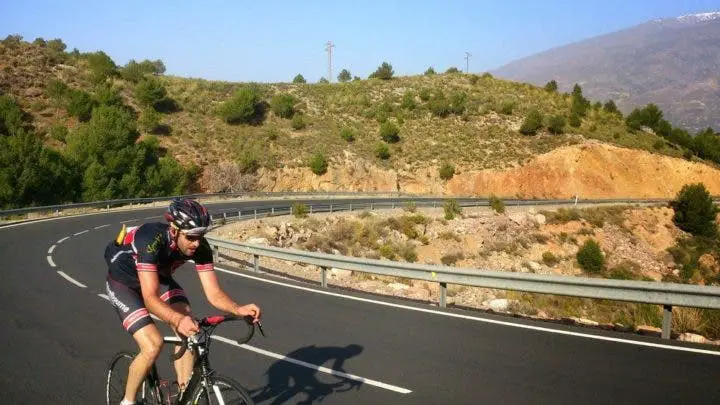
Training zone thresholds
1. Aerobic threshold
Aerobic threshold is the maximum intensity that you can ride without increasing blood lactate levels (if we talk about the base stage of training, this is the level that the mitochondria in the muscles are working at their maximum capacity in terms of how much lactic acid they can process).
2. Anaerobic threshold
The anaerobic threshold is what people commonly refer to as your “threshold.” In fact, this is your functional power threshold (FTP), which is measured using a power meter or with the maximum heart rate that can be sustained for one hour.
At this point the amount of lactate in the blood is high, but still under control. If you travel with more force and exponentially increase the amount of lactic acid, you will be riding badly and the applied effort will become unsustainable. A perfect example of your anaerobic threshold will be the pace at which you can ride against the clock for 40 km.

Why are more than 3 zones used in cycling?
We have talked about the basic three-zone structure, but there are many different models for the number of zones. All, however, are based on aerobic and anaerobic thresholds. So why the need for more zones?
Coaches tend to like a lot of zones a lot, as this gives them a more detailed way to describe sessions to riders.
Having more zones means that you can fine-tune yourself to a specific intensity and therefore more accurately determine a certain aspect of fitness. What is important to remember is that it does not matter how many zones are used, as they represent a certain range on an intensity spectrum.
To refer back to cycling, it is easy to select the intensity needed to work on a rider’s physical condition, but riding at the top of zone two and the bottom of zone three will lead to very physiological adaptations. similar despite being different areas.
For whatever model you decide to use, the most important thing is that you understand where each zone is going and what they stick to after finishing a workout.
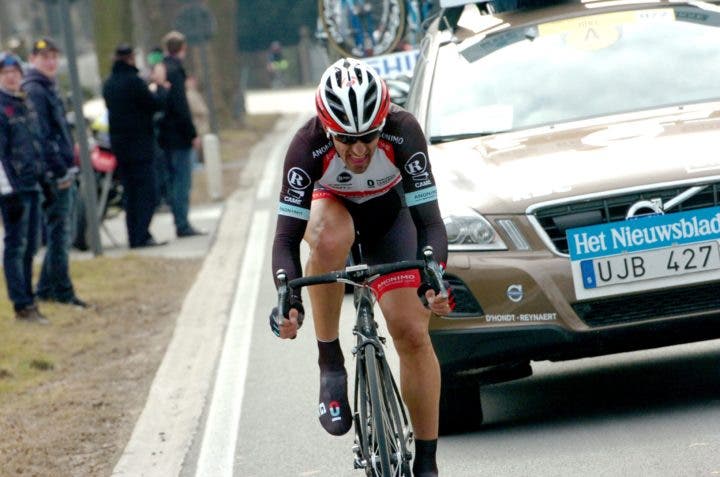
How do I calculate my training zones?
To calculate your individual training zones you need to know one of the following things: your functional threshold power, your heart rate at the anaerobic threshold, or your maximum heart rate.
1. Maximum heart rate
First of all, you need a heart rate monitor and a good warm-up. Afterwards, you should drive for ten minutes at a steady pace and then walk progressively harder and harder for another ten minutes, before turning your legs out for ten minutes before starting the test.
Now choose a stretch of road (minimum five minutes long – a hill is even better) and start at an intensity that you think you can maintain almost to the end. Then record your maximum heart rate.
Functional threshold power and heart rate at anaerobic threshold
To calculate your functional threshold power or your anaerobic threshold heart rate you need to ride a little longer. Again, a good warm-up and a two-minute stretch of road are important.
You should start at a pace where you feel like you can sustain for 20 minutes (this is probably a bit easier than you think), aiming to maintain this intensity for 17 or 18 minutes and then is the time when you have to give it your all until the end. This is necessary to record your average power and average heart rate for the 20 minutes.
To calculate your FTP (functional threshold power) you must take your power and multiply it by 0.95. Do the same with your average heart rate to calculate your threshold heart rate.
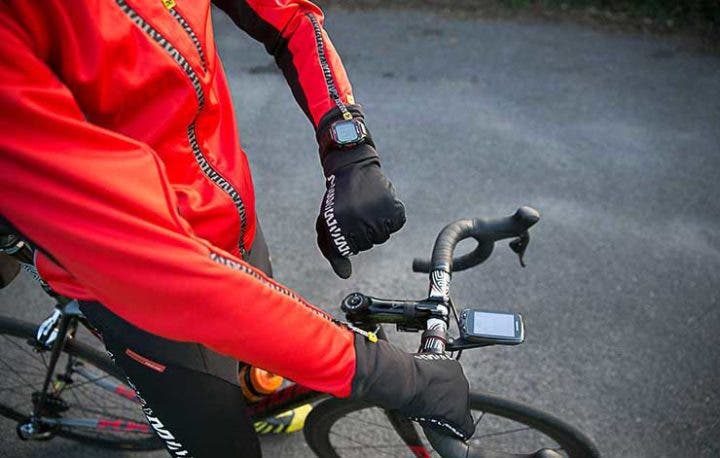
When should I use each training zone?
As mentioned above, each zone has a specific purpose and your body is going to have a specific physiological reaction in the formation of a particular zone.
Zone 1: active recovery
A workout with this intensity means you can stay active without getting tired. After a hard workout, your body will move on to trying to recover as soon as possible. This, however, will leave you feeling sluggish. Zone one training will allow you to keep your legs spinning without increasing your fatigue levels. Therefore, it is perfect for when you need to get back in shape after a hard session, without wanting to feel sluggish the next day.
Zone 2: resistance
This is the highest part of your aerobic threshold. Therefore, in this area the blood lactate should not be high. Riding in zone two will teach your body to burn fat as an energy source and stimulate it to produce more mitochondria.
You must work in this area to work on your basic physical condition . Sessions in zone two can typically last up to six to seven hours for professional cyclists, but you don’t have to travel that long to feel the benefits.

Zone 3: tempo
This zone works your ability to maintain a constant rhythm. Most people really enjoy zone three training, as they feel like they are riding fast without being too hard.
Training in zone three has many of the advantages of zone two, but is nevertheless much more strenuous. Therefore, the number of sessions that can be completed in a row, or the duration of each individual session, have to be limited.
The main reason for riding in zone three is that it stimulates your body to increase the amount of glycogen it can store (in this zone, the use of glycogen is beginning to outpace the use of fat as a primary source of fuel).
When to train in zone 3?
Often times, some zone three periods are predominantly included in a zone two journey. In this way, a pilot can gain the training benefits of zone three without the accompanying fatigue. The length of time you should be able to sustain in zone three is one to three hours (which is pretty rough).
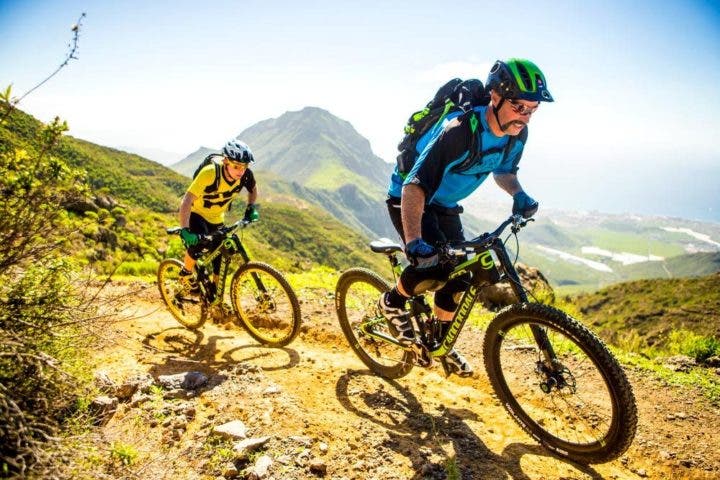
Zone 4: anaerobic threshold
Zone four will work your anaerobic threshold. Therefore, the zone begins just below a cyclist’s anaerobic threshold and extends above it. This allows a pilot to increase his anaerobic threshold with longer intervals and go above his training threshold with shorter intervals.
Zone four training produces a large amount of lactic acid and therefore provides a greater stimulus to increase the number of mitochondria in the muscles.
When to train in zone 4?
Zone four training is very intense and can only be done for limited periods of time. Training in this zone is done in intervals with a recovery period between efforts , and you must be able to maintain the zone between ten minutes and one hour.
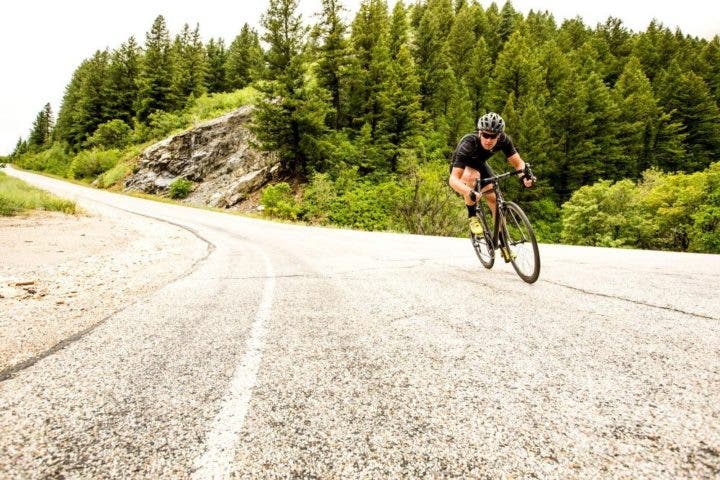
Zone 5: VO2
In this case, it’s about the intensity that you can hold for three to eight minutes. On shorter efforts, your heart rate may not have time to respond to the effort, and your maximum heart rate may actually be what appears after you have reached the top of a climb. This is the limit at which the heart rate zones are usable (that is, after this effort is going to be too short to respond or simply to reach your maximum heart rate).
Training in this zone works on your cardiac output: that is, the amount and speed with which your heart can pump blood to where your muscles need the most.
When to train in zone 5?
This is the typical area where you are going to travel as hard as you can up to a small climb. A good example of this is the effort required to climb the Koppenberg hill on the Sports Tour of Flanders.
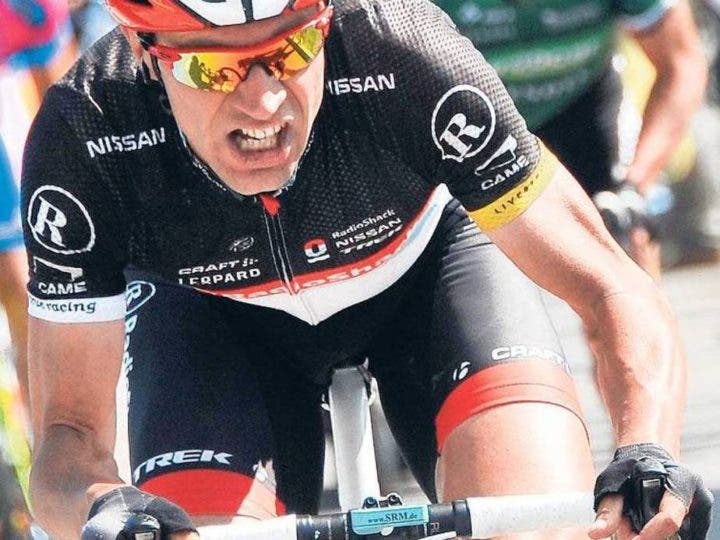
Zone 6: anaerobic
This is a zone that can be held for up to three minutes, for example: putting in maximum effort, going as hard as possible. As mentioned, heart rate is not a very good measure for this type of effort, as you will not have time to respond to it or you will end up riding at your maximum heart rate. A good example of this type of effort is when you attack a group of fellow cyclists.
Zone 7: neuromuscular power
Training in this zone works to increase sprinting power . This zone also causes an increase in muscle size (hypertrophy), therefore, if you want to have bigger and more powerful legs, zone seven is the best.
conclusion
As you have seen, this is a pretty tough sport in which you need a lot of preparation. This happens to the point that the heart rate ends up becoming something of utmost importance for the students of this discipline, due to the information it gives us regarding our physical state.
Although heart rate does not represent an element that helps us analyze the effectiveness of a long-term training, it has the advantage that it is inexpensive and easily manageable.
References
- James Spragg, Six things you need to know about training zones. For Road Cycling UK [revised March 2016].
